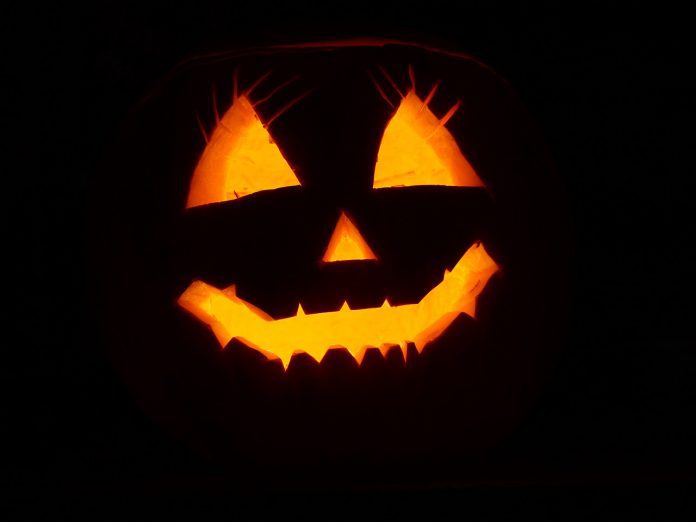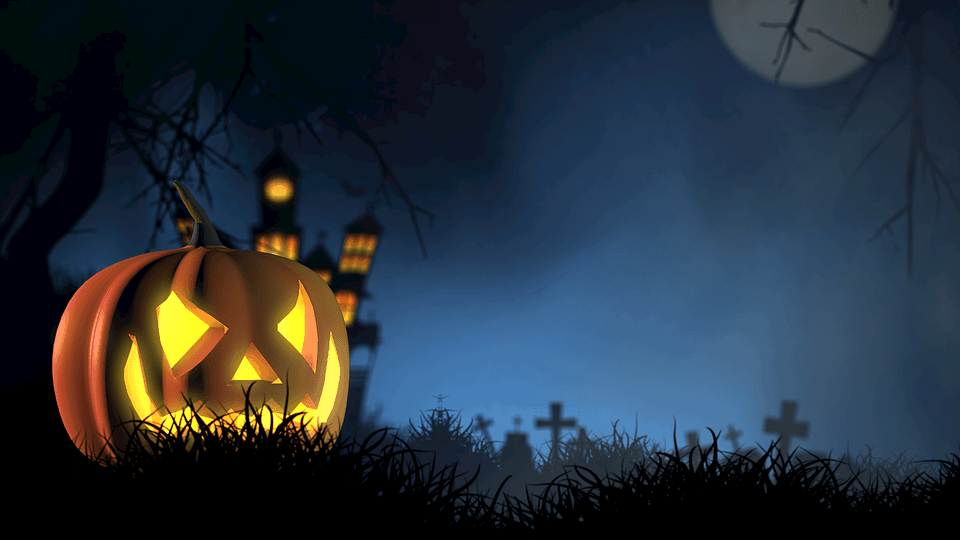
Witches. Vampires. Zombies. Sugar. Registered sex offenders. Which should give parents the most fright on All Hallows’ Eve?
Sugar, maybe?
Actually, the answer is vehicles.
“The biggest thing to fear on Halloween night are drivers. Pedestrian accidents increase sharply around Halloween. Wearing reflective tape and accompanying young children are ways to prevent these accidents,” according to Johns Hopkins Bloomberg School of Public Health, Moore Center For the Prevention of Child Sexual Abuse.
A 2009 study cited by the Bloomberg School, printed in the Sept. 2009 Sexual Abuse: A Journal of Research and Treatment, states that no empirical evidence supports the idea that children are at a higher risk of sexual assault than any other day of the year.
“How Safe Are Trick-or-Treaters: An Analysis of Child Sex Crime Rates on Halloween,” looked at data from 1991 through 2005 of reported nonfamilial sex crimes against children ages 12 and younger.
“Halloween rates were compared with expectations based on time, seasonality, and weekday periodicity. Rates did not differ from expectation, no increased rate on or just before Halloween was found, and Halloween incidents did not evidence unusual case characteristics. Findings were invariant across years, both prior to and after these policies became popular. These findings raise questions about the wisdom of diverting law enforcement resources to attend to a problem that does not appear to exist,” the study stated.

The New Jersey State Parole Board in the past has established curfews for the state’s more than 3,000 registered sex offenders. They have had to be in their homes by 3 p.m. on Halloween, and stay in their homes until 6 a.m. Nov. 1, and cannot pass out candy. Those who must work during that time can obtain permission from their parole officers to go to work. They are subject to random parole officer visits.
“It might be argued that Halloween sex offender policies are worthwhile even if they prevent only a single child from being victimized. However, this line of reasoning fails to consider the cost side of the cost–benefit equation. The wide net cast by Halloween laws places some degree of burden on law enforcement officers whose time would otherwise be allocated to addressing more probable dangerous events,” the Sept. 2009 study found. “For example, a particularly salient threat to children on Halloween comes from motor vehicle accidents. Children aged 5 to 14 years are four times more likely to be killed in a pedestrian – motor vehicle accident on Halloween than on any other day of the year (Centers for Disease Control, 1997).”
Although more than 20 years old, that CDC report analyzed data about childhood pedestrian deaths between 1975-1996 from the Fatal Analysis Reporting System and National Highway Traffic Safety Administration. Halloween-related pedestrian deaths were counted from crashes that occurred 4-10 p.m. Oct. 31, the peak Trick-or-treating times.
The findings concluded that “the number of childhood pedestrian deaths increased fourfold among children on Halloween evenings when compared with all other evenings,” with 89 pedestrian/motor vehicle deaths occurring that evening between 1975-1996, compared with 8,846 deaths in that age range all other evenings during those 21 years.
Jersey Shore Online reached out to dozens of police departments in Ocean and Monmouth counties, asking if there was an increased risk in children being molested and assaulted on Halloween by registered sex offenders.
“As far as I’m aware, in the past few years we’ve had few, if any, sex offenders harm children unrelated to them. Certainly haven’t had any where the act was committed against a child unknown to the sex offender, such as in the Halloween scenario,” Howell Police Det. Sgt. Christian Antunez said. There are eight registered sex offenders in Howell, according to the State Police’s New Jersey Sex Offender Internet Registry.
“In Toms River, traditionally, Trick-or-Treat is on Oct. 30 and Toms River Fire Company’s Halloween Parade is held on Oct. 31. We ran the statistics for the last 10 years (2008-present) and, to date, have no reports of any child being the victim of sexual assault or sexual offense during Halloween,” Toms River Police spokeswoman Jillian Messina said.
According to Prevent Child Abuse America, the majority of child sexual abuse is done by someone the child knows. No more than 10-30 percent of offenders are strangers. No empirical evidence to date suggests those strangers use Halloween to terrorize young Trick-or-Treaters.
Messina did have one word of caution for those celebrating Halloween.
“We encourage everyone to be vigilant during Halloween. All children should walk in groups and small children should walk with an adult. Wear bright colored or reflective clothing. Always look both ways before crossing the street, cross the street at corners, make eye contact with drivers before crossing in front of them and put electronic devices down, keep your heads up!” Messina wrote in an Oct. 9 email. “Drivers: Slow down! Be especially alert in residential neighborhoods. Children are excited on Halloween and may move in unpredictable ways. Take extra time to look for kids at intersections and enter and exit driveways slowly and carefully.”
So, relax. And look both ways before crossing the street.
Number of registered offenders in each municipality, according to the NJSP Sex Offender Internet Registry:
Barnegat: 11
Barnegat Light: 0
Bay Head: 0
Beach Haven: 1
Beachwood: 4
Berkeley (Bayville): 8
Brick: 23
Eagleswood: 0
Harvey Cedars: 0
Island Heights: 0
Jackson: 21
Lacey (Lanoka Harbor): 3 (Forked River): 4
Lakehurst: 4
Little Egg Harbor: 16
Long Beach Township: 1
Manchester: 11
Mantoloking: 0
Ocean Gate: 3
Ocean (Waretown): 3
Pine Beach: 1
Plumsted (New Egypt): 5
Point Pleasant Beach: 4
Point Pleasant Boro: 1
Seaside Heights: 21
Seaside Park: 2
Ship Bottom: 0
South Toms River: 0
Surf City: 0
Stafford (Manahawkin): 7
Toms River (all ZIP codes, including some in other towns): 72
Tuckerton: 4






